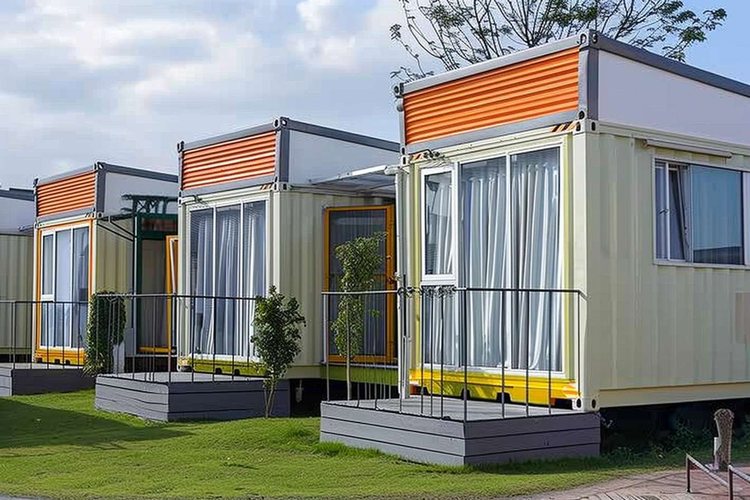Affordable Senior Internet Options Explained
Accessing high-speed internet is essential for seniors aiming to maintain an independent lifestyle amidst rising service costs. Programs like the FCC’s Lifeline, Xfinity Internet Essentials, and AT&T’s Access Program offer affordable options for seniors on fixed incomes. Evaluating personal internet needs and leveraging community resources can further enhance connectivity and quality of life.

Affordable High-Speed Internet Plans for Seniors
Many major internet service providers recognize the unique needs of senior customers and offer dedicated discount programs. These plans typically provide reduced monthly rates for qualifying seniors, often requiring proof of age (usually 65 or older) and sometimes income verification. High-speed internet plans for seniors generally offer download speeds between 25-100 Mbps, which is sufficient for video calling, streaming, email, and basic web browsing.
Some providers offer simplified billing and customer service specifically trained to assist older adults with technical questions. These programs often include installation assistance and basic equipment at no additional charge, removing common barriers that might prevent seniors from accessing reliable internet service.
Available Internet Programs for Seniors
Beyond traditional provider discounts, several government and non-profit programs help seniors access affordable internet. The Affordable Connectivity Program (ACP) provides eligible households with discounts up to $30 per month toward internet service. Seniors receiving Social Security benefits, Medicaid, or meeting certain income requirements often qualify for these programs.
Local housing authorities and senior living communities frequently negotiate group rates with internet providers, offering residents significantly reduced monthly costs. Some programs also provide free or low-cost devices like tablets or laptops, recognizing that internet access alone isn’t sufficient without appropriate equipment to use it effectively.
Leveraging Public Resources and Community Programs
Public libraries remain excellent resources for seniors seeking internet access and digital literacy training. Many libraries offer free computer classes specifically designed for older adults, covering everything from basic email to video calling with family members. Some libraries also provide loaner programs where seniors can borrow tablets or mobile hotspots for home use.
Community centers, senior centers, and faith-based organizations often partner with internet providers to offer group training sessions and special enrollment events. These programs frequently include one-on-one assistance with setting up accounts, understanding billing, and basic troubleshooting, creating supportive environments for seniors new to internet technology.
Evaluating Your Internet Needs
Before selecting an internet plan, seniors should honestly assess their intended usage patterns. Basic email and web browsing require minimal bandwidth, while video streaming and frequent video calls need higher speeds. Consider how many devices will connect simultaneously and whether other household members will share the connection.
Location plays a crucial role in available options and pricing. Rural areas might have fewer provider choices but could qualify for specialized rural internet programs. Urban seniors typically have more provider options, potentially leading to competitive pricing. Understanding local infrastructure limitations helps set realistic expectations for service quality and available speeds.
| Provider | Plan Type | Monthly Cost | Speed | Special Features |
|---|---|---|---|---|
| Xfinity | Internet Essentials+ | $29.95 | 50/10 Mbps | Free installation, equipment included |
| AT&T | Access | $30.00 | 100 Mbps | No annual contract, low-cost device options |
| Spectrum | Internet Assist | $17.99 | 30/4 Mbps | No data caps, free modem |
| Verizon | Fios Forward | $20.00 | 200/200 Mbps | Fiber connection, symmetric speeds |
Prices, rates, or cost estimates mentioned in this article are based on the latest available information but may change over time. Independent research is advised before making financial decisions.
The Role of Internet in Enhancing Quality of Life
Internet connectivity significantly impacts senior quality of life by enabling telehealth appointments, reducing isolation through social connections, and providing access to entertainment and educational resources. Many healthcare providers now offer video consultations, allowing seniors to receive medical care without transportation challenges or exposure to illness.
Online banking, shopping, and bill payment services provide convenience and safety, particularly for seniors with mobility limitations. Educational opportunities through online courses and tutorials help seniors pursue lifelong learning goals, while social media and video calling platforms help maintain relationships with distant family and friends.
Digital access also enhances safety through services like medication reminders, emergency alert systems, and weather notifications. Many seniors find that reliable internet service provides peace of mind for both themselves and their adult children who can stay connected and provide remote assistance when needed.
Affordable internet options for seniors continue expanding as providers recognize this growing market segment. Success often comes from combining provider discount programs with community resources and selecting plans that match actual usage needs rather than paying for unnecessary features. Taking advantage of available training and support services helps ensure seniors can fully benefit from their internet investment, transforming digital connectivity from a luxury into an essential tool for maintaining independence and quality of life.




